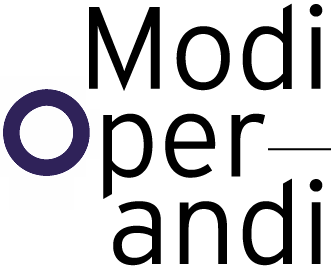SURFACES AT LARGE AND THE MEANNESS OF MEASURE
Our endless pursuit of precision in measures, both geographical and temporal, has destroyed the ability to get lost, to be curious about what is beyond the horizon, to sight monsters, and to live to tell the tale. Indeed, those monsters and mermaids have been removed from our cartographic depictions of the world over the last centuries; however, modern society is not without its mythos. The modern myth is that of the true measure and its precision, key to the processes of design and mapping.
This project takes the textured and ever-moving surface to be an ontological starting point of space itself – and therefore a crucial element which deserves far more attention than we commonly give it in architectural practice. The surface is considered an all-encompassing spatial entity, and at the same time, following a Derridean understanding of the notion of the parergon, as something which effectively escapes capture, and is therefore ‘at large’ [1] . The ever-changing surface belongs both to the form it encrusts, as well as the space in encloses. Once we acknowledge that the surface is constantly shifting and changing, we must accept that any discrete measurement is an average that is necessarily imprecise, but meanly promises an absolute precision. As such it underpins a distinction between what can be considered abstract and real space. Using this theoretical understanding the project confronts the abstract space of (colonial) cartographies and the photographed experience of the Panamanian environment. The project seeks to explore the paradox that is the collision of the hyperlocal experience of site, with the extensible and systemic measure that positions it somewhere. To do so, the architectural analysis deploys analogue media to embrace chance operations along the surface.
The emerging architectural project places 97 follies in the Pacific Ocean to serve as measuring stations of the unfathomable qualities of the water’s surface.
